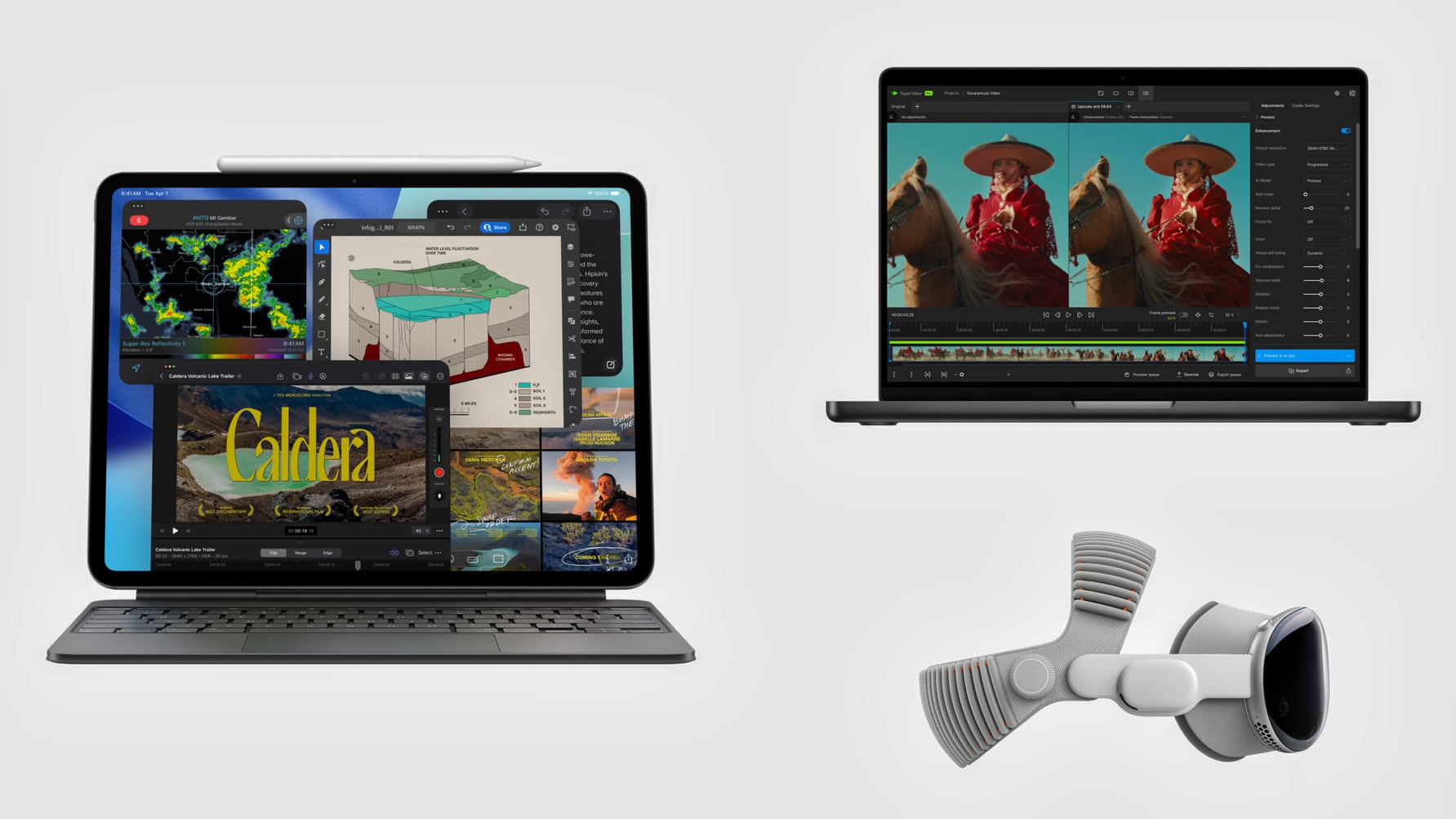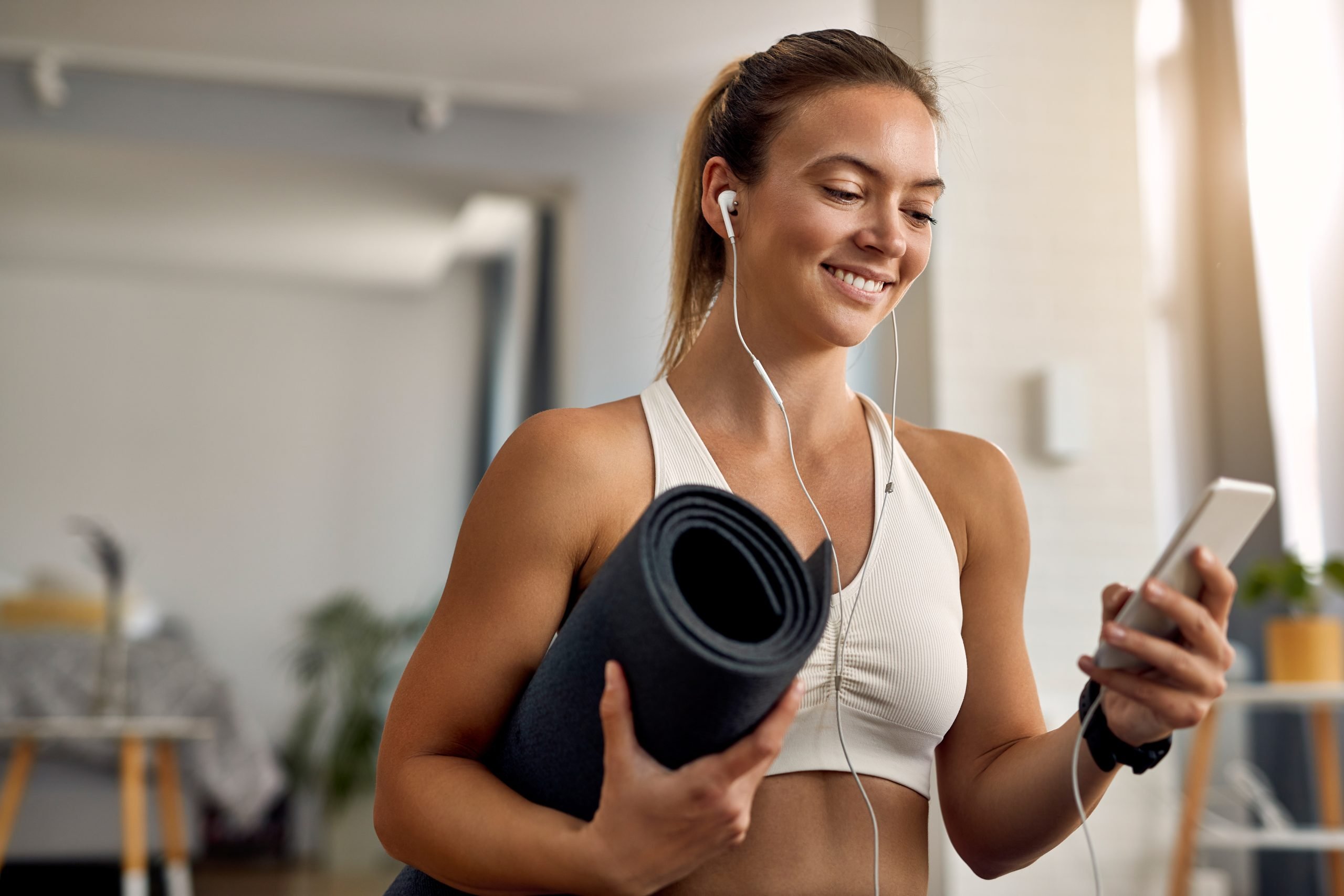Sustaining a life away from Earth presents many challenges. Recently, a group of scientists working with NASA realized this by revealing a little-known fact. Did you know that there is bacteria on the International Space Station (ISS) that is blocking water recovery systems and clogging pipes? The problem is not trivial because it puts astronauts’ health at risk and damages important scientific instruments.
The orbital laboratory, where employees of various international agencies live, is not exactly nearby. It is located at an altitude of about 400 kilometers above sea level, which corresponds to the distance between Madrid and Malaga. In addition to the remoteness and weightlessness, some typical events of our planet are reproduced there, including the formation of mushrooms in wet redoubts. “As for the morphology of the biofilms that we analyzed on the ISS, we did not find any significant differences compared to those on Earth,” he comments in a dialogue with Hypertext Pamela Floresresearcher from the University of Colorado, USA.
A native of Guatemala, the microbiology expert is involved in a project that proposes solution to combat bacteria formation on the International Space Station. The initiative also involves experts from the Massachusetts Institute of Technology (MIT) and NASA Ames Research Center. After the first tests carried out in space, it was proposed to use a lubricant that prevents the formation of harmful substances. While such ingenuity doesn’t match the power of high-powered rockets, it could be critical for future missions to the Moon and Mars.
Bacteria on the International Space Station: What’s the plan to eradicate them?
Biofilms, the technical term for bacteria on the International Space Station, have created serious problems, Flores said. The tubes and filters used to collect the water become clogged, and the hoses must be sent back to Earth for cleaning.
These efforts are expensive, with travel and maintenance requiring millions of dollars in investment for government agencies. Now why don’t you clean or replace the damaged components? on the spotinstead of sending them back? According to an expert from the University of ColoradoInternational Space Station astronauts “have neither specialized facilities nor equipment necessary for cleaning”. It also explains that conducting these activities in space “may pose a risk of contamination of other areas.”
What dangers are associated with the presence of bacteria on the International Space Station?
On the one hand, there is a risk of degradation and corrosion of materials. This may lead to equipment malfunction, which, depending on where the biofilms grow, can become a plant-wide problem. On the other hand, problems arise with the health of astronauts. It depends on what fungi are present, but they can cause skin infections, allergies, or respiratory infections. Otherwise, the biggest health problem is spores. In a closed environment like the International Space Station, this is truly dangerous.

Regarding the health risks associated with bacterial biofilms, there are varieties that do not typically cause disease. But when they have a weak immune system—like astronauts—they can cause infections, some of which are dangerous.
Are these formations created differently in space than on Earth? What was discovered during tests conducted on the ISS?
Bacterial biofilm varieties Pseudomonas aeruginosa In microgravity they grew less than on Earth. This is because we grew the samples in a nutrient-rich environment. Our hypothesis is that cells (single and not in biofilms) rapidly deplete nutrients from the environment, thereby limiting biofilm growth.
On the other hand, microgravity had different effects on fungal biofilms. Penicillium rubens. This depends on the incubation time and the material on which they grew. In most cases, When comparing samples from Earth and from space, no significant differences were found.. Although at the moment we cannot generalize the effect of microgravity on the growth of fungi in space.
What solution do you propose to kill bacteria on the International Space Station?
We use a surface impregnated with LIS lubricant (for Lubricated surface). We have found that it reduces the amount of biofilm adhering to the surface compared to other materials such as stainless steel. We do not know for sure the mechanism of action by which bacterial growth is inhibitedbut we believe that it inhibits bacterial adhesion.
During testing, we noticed that LIS samples had a thin layer of nucleic acids (DNA and/or RNA) without biofilm. Our hypothesis is that the negative charge repels bacteria on the International Space Station due to the negative charge of its membrane. Therefore, we propose ionic repulsion as one of the inhibition mechanisms. Moreover, if this were the case, we suggest that future use of DNA/RNA immobilized surfaces or polarized surfaces could yield similar or even better results.
On the other hand, in the mushroom experiment we used small grass-like spikes without lubricant. In this case also formation on the surface is reduced, compared to other materials such as stainless steel or carbon fiber. This happens both on Earth and in space under microgravity conditions. In the future, with more research, if we could discover the mechanism of inhibition, for example if it was due to surface charge, we could inhibit fungal growth using a simpler and more general method such as surface polarization.
In a report published by MIT, they mention that the results were surprising due to the fact that the lubricant worked more efficiently in space than on Earth. Is there an explanation for this?
One hypothesis we are considering is that in microgravity, it may be easier for lubricant to spread throughout the biofilm. This may interfere with the transport of nutrients. In addition, inhibition of bacterial growth and inhibition of bacterial adhesion were also observed on Earth.
The importance of interdisciplinary work
A method of coating surfaces with nucleic acids to prevent the accumulation of biofilms has shown amazing results. In tests conducted on Earth, microbial production was reduced by 74%. Surprisingly, samples taken from the International Space Station showed an even steeper decline of 86%.
Extensive team behind Project “Space Biofilms” The project is directed by Dr. Louis Zea of the University of Colorado and features Flores. In this regard, the microbiologist emphasizes the relevance of interdisciplinary collaboration in order, in this case, to propose a solution to the problem of the presence of bacteria on the ISS.

“This method is critical because different perspectives allow for more comprehensive experiments and analyses. we can generate more reliable hypotheses. And also because it allows for different types of analysis on samples, as each person contributes their own skill set,” he notes. “As a molecular scientist, I need jobs in aerospace, mechanical, electrical, etc. engineers involved in design and manufacturing Hardware which will be used for the experiment.”
What steps are being taken to ensure that lubrication and other solutions proposed by the group are implemented on the International Space Station? Both Flores and his colleagues emphasize the need do more experimentsto check the results of the first tests. “Our ideas could be used to produce components for future commercial space stations,” he concludes with obvious enthusiasm.
In this regard, it is worth remembering that the current station, which is operated by NASA and the European Space Agency (ESA), among other agencies, will reach the end of its life in 2030. site for testing in zero gravity conditions. The proposal to combat bacteria on the International Space Station will also be key to future settlements on the Moon, where the US agency plans to send people by the end of 2025.
Source: Hiper Textual














